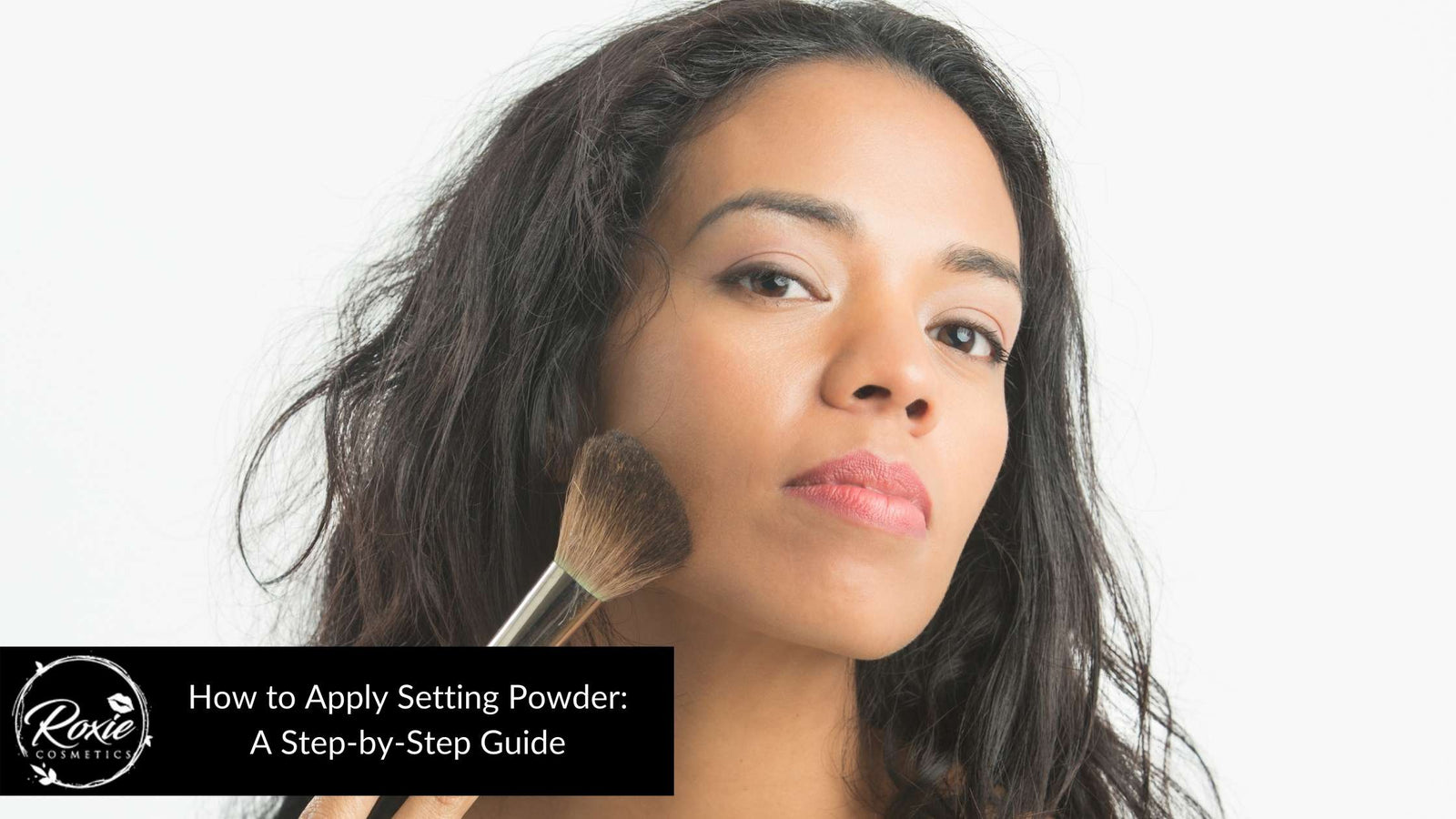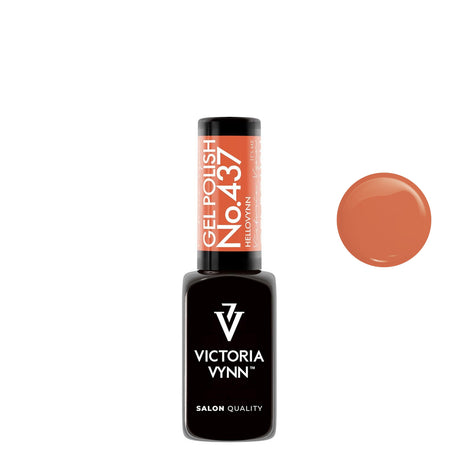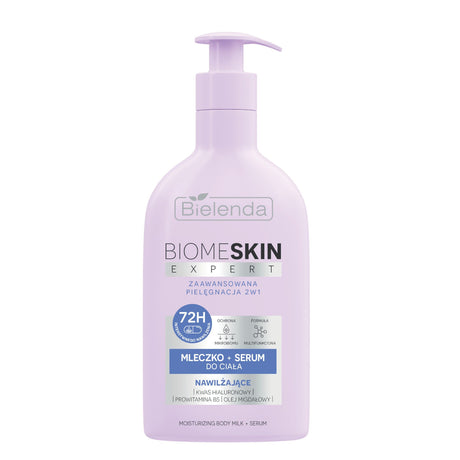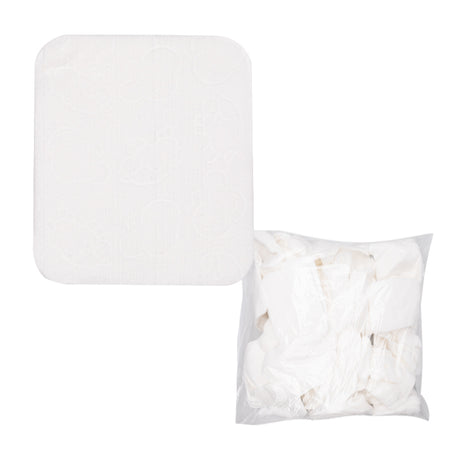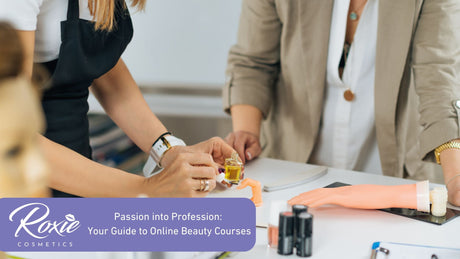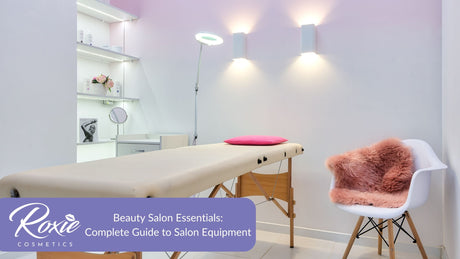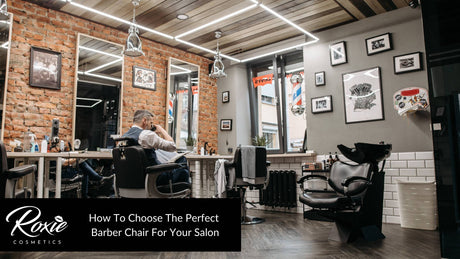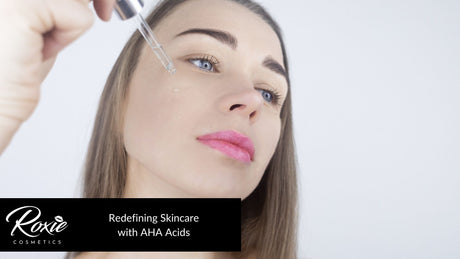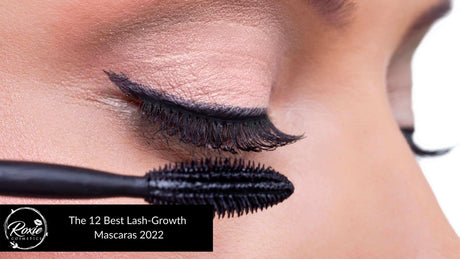Setting powder is a part of makeup that is used to diminish the presence of oil on the skin, and provides the user with a smooth makeup result. It consists of talc and silica ingredients, which maintains the liquid foundation and any other wet products in place. It is also responsible for holding makeup longer. Setting powder can also be used for blending foundation or concealer to achieve a flawless and radiant makeup look. Furthermore, it is lightweight and handy, which can be used anytime and anywhere. There are two types of setting powder, pressed, and loose powder. Pressed setting powder is more pigmented and easier to use. It is ideal for dry skin users because it contains more oils and hydrating formulas. Meanwhile, loose setting powder is for the finishing touch and is ideal for oily skin because it contains ingredients that can easily absorb oil. These two types of setting powder can be transparent or coloured.
There are several steps and strategies on how to apply setting powder properly. The setting powder should be based on the right skin tone before applying for an even application to achieve a more natural makeup result. Washing and moisturising the face is the first step in applying setting powder. It is to prepare the skin before putting on the setting powder. The next step is applying the foundation to keep the makeup in place before applying the setting powder. Then, pour out the loose powder. After applying the foundation and pouring loose powder, apply the powder in the face. Using the powder brush, apply the powder smoothly to prevent the makeup from smearing. Then, finish the rest of the makeup once the setting of the powder is achieved.
Listed below are the step-by-step guide on how to apply setting powder.
- Wash and moisturise your face.
- Apply Foundation.
- Pour out the loose powder.
- Apply the powder to your face.
- Finish the rest of your makeup.
1. Wash and moisturize your face

Washing and moisturising the face is important before applying the setting powder or any other makeup products, as it will prepare and hydrate the skin. Wash the face with lukewarm water. To make the skin smoother, and even out the skin tone, use a soft and gentle cleanser. Cleaning and hydrating the face is the first step in preparing for any makeup application. It is important to apply moisturiser so that applying makeup products will not be sticky, especially for users with dry skin. It is also essential to know the skin type and what products should be applied to achieve a flawless look. For users with sensitive skin, avoid cleansers that contain glycolic acid, as it can cause redness or irritation. Look for cleansers with pH-balance. Normal pH should be between 5 and 6 because the lower the pH, the more acid it contains. Moreover, for users with acne skin problems, it is ideal to use a slightly more acidic cleanser as it helps with fighting up germs.
2. Apply Foundation

The foundation is applied first before putting on setting powder because it hides skin imperfections and pores. It is ideal to apply with cream or any liquid product before setting powder because it will absorb the powder, resulting in a smooth and radiant finish. However, it is also important to know what foundation is best for each user before applying a foundation. Users must select the correct foundation according to the shade and type of their skin. For users with sensitive skin, a foundation containing less strong chemicals and ingredients for sensitive skin must be the choice. For dry skin users, a foundation with hydration ingredients is the best choice. Meanwhile, for users with oily skin, an oil-free foundation is recommended. After that, apply the primer before the foundation to tighten fine lines and large pores. Fingers, sponge, or tapered foundation brush can be utilised to apply foundation.
3. Pour out the loose powder

Pouring out the loose powder will prevent applying too much powder to the skin. This method is used as a preparation of the powder before applying it directly to the face. Pour out some powder onto the lid of the powder, then use a large powder brush or the kabuki brush to swirl the loose powder from the lid. Then, tap the brush to the side of the lid or to the back of the hand to remove the excess. Using the kabuki brush or any large powder brush will surely buff the powder to the skin because it has a large surface area and long, dense bristles. Beautyblender sponge can also be used in applying setting powder. To prepare the powder, take out a little amount of powder into the lid or the flat surface of the jar. Make sure that the sponge is not too dry. Scatter the powder evenly and finely, then pick up the product using the wet sponge.
4. Apply the powder in your face

Applying the powder in the face holds the foundation and prevents the makeup from melting and creasing over the day. It also helps in absorbing oil. Using the Kabuki brush or any large brush, buff the powder into the face starting from the T-zone through a circular motion, then apply on outward continuously. The T-zone consists of areas of the face which are the forehead, nose, chin, and sometimes the neck. In applying setting powder, avoid pressing the face too hard, stroking, or being too rough because this will mess up the foundation. Start with a small amount of powder and if needed to apply more, simply add a small amount of powder layer by layer to the T-zone, under the eye, and under the cheekbones to achieve a diffused and soft finish. When using a beautyblender, gently press the powder towards the face. Avoid pressing or rubbing the sponge on the face as it will ruin the makeup. Also, do not wait for everything to dry before applying powder.
5. Finish the rest of your makeup

Finishing the rest of the makeup will make the product lock- in with the makeup look and will result in an arranged and more attractive finish. In applying the rest of the makeup, these include applying eye makeup, eyeshadow, mascara, and lipstick. After that, apply the translucent setting powder using a fluffy brush as a touch-up in order for the makeup to last longer. Match and blend well with other makeup products to reduce oil and brighten the look. Wait at least three to five minutes to set the powder on the face.
What are the tips to choose the right setting powder shade for your skin tone?
Choose the right setting powder for the skin tone by testing the powder on the neck, cheek, or jawbone. These areas are the most reliable in choosing the right powder. Setting powder should be one or two shades lighter than the skin tone and match with the foundation shade. With that, it can blend well with the user’s skin tone and give the perfect look to the face. For individuals with fair to- light skin, it is suitable to apply a pink setting powder as it brightens and cancels out the blue tones in the under-eye area. For individuals with dark or brown skin tones, it is suitable to wear a medium-deep or hazelnut shade. Avoid using fair, light, or butter shade as it will make the face look grey or ashy. Furthermore, it is also ideal to use translucent and tinted setting powder on top by applying a very small amount, so it will not result in a white look. Meanwhile, choosing the right shade of setting powder for individuals with fair skin, it is ideal to use pressed powder even without foundation for a smooth and more natural look.
What are common mistakes of applying setting powder?
In applying setting powder, some individuals are not aware that they are applying it wrong. In every application of makeup products, there is always a proper method of applying it to achieve a flawless finish. There are some processes that are usually utilised by many individuals without knowing that it is one of the mistakes in applying setting powder.
Listed below are the common mistakes of applying setting powder.
What is the best setting powder to apply?
Applying the best setting powder provides a natural and perfect makeup result. It takes time to choose the best setting powder that is suitable for skin type and skin tone. In choosing the best setting powder, recommendation by professionals is important as they know what is best for every user. Having the best quality and formula of a setting powder helps improve whatever makeup looks that the user wants to achieve. These are the top 3 setting powders that are recommended by the professionals.
Listed below are the top 3 best setting powders to apply.
What is the purpose of setting powder?
Setting powder is a transparent step in the application of makeup products that will help the makeup last longer. This will set the face makeup deep into the skin and in place. This also helps in covering skin blemishes, softens texture, smoothes skin, and blends well with foundation, resulting in a more natural and flawless look. With that, it will maintain astonishing makeup all day and all night.
Is there difference between setting powder and finish powder?
The difference between setting powder and finishing powder is that setting powder offers a long-lasting effect of the makeup. While, finish powder is for looks that offer a more attractive makeup result. Finish powder is a colourless powder that consists of a super fine texture. It is more like a filter that provides an overall makeup look or a finishing touch. While, setting powder helps makeup products not to wear off easily and are more flawless even for a long period of time. The finish powder is always the last makeup application. Setting and finishing powder can also be applied together to have a long-lasting smooth makeup look. The powder that is more absorbent is setting powder vs. finishing powder.

